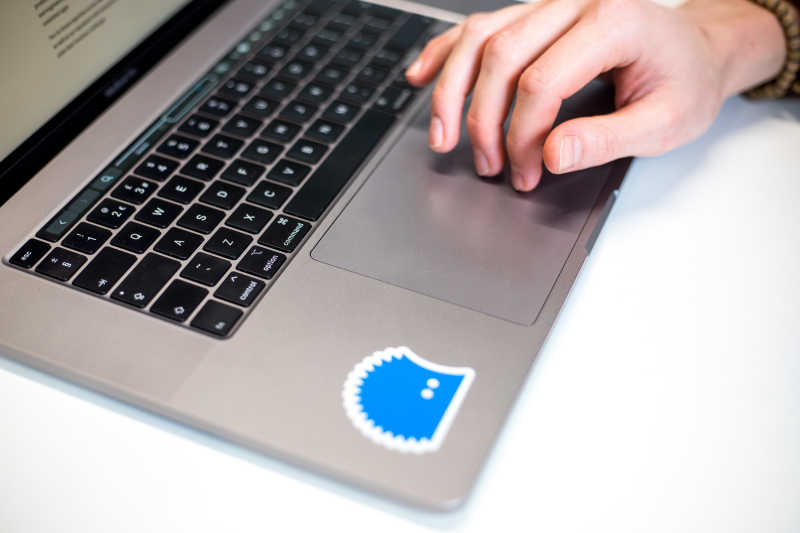Successfully onboarding app users is one of financial services companies’ biggest challenges.
One in two consumers is now using a mobile-first financial service but with 77% of the daily active users abandon an average app after just 3 days‚ making the onboarding journey a critical component of user retention.
It covers everything from the time it takes to install and register on an app (which 72% of users think should be less than a minute) to demonstrating to users just how you will solve their problems and/or make their lives easier by using your fintech app.
But with complex compliance and regulatory issues to manage‚ it can be challenging to make onboarding of financial services apps a smooth process.
Following years of experience in financial services app development‚ our Lead UX Researcher believes four important steps can improve the onboarding process for financial services apps.
Fast sign-up process.
A fast sign-up process is key – let the user create a profile so they can then browse the range of fintech products that are being offered by the platform.
They might have little knowledge about the products offered or limited digital skills that impact their confidence in mobile banking‚ insurance or investment platforms‚ so what better way than simplifying the user experience with fewer steps and easy onboarding.
During the discovery phase of development at hedgehog lab‚ we get a detailed understanding of the target audience‚ needs and technical abilities‚ analyse their behaviour and feed those into the design of the mobile app.
User experience research and testing ensures design prototypes meet user needs and that the end product will successfully engage the target audience.
If a user is overwhelmed by complex content while onboarding‚ they’re unlikely to keep using the app. Guiding them through clear content and intuitive user flows will make the user experience much more positive.
Seamless Intuitive User Journey.
Customers greeted with complex financial terminology during the onboarding process can be deterred from using the app‚ feeling that they don’t have the knowledge or capabilities to navigate it. They also want to feel welcomed and at ease when using the app.
The product browsing aspect should allow people time to consider what they are purchasing with clear signposting‚ easy to understand and digest info and fully detailed information available.
Friendly and easy-to-understand language is significant‚ for example‚ Monzo uses “pots” to refer to the function that allows its users to segregate their account balance and transactions into different savings accounts. The Halifax banking app simply says “see you later” rather than more formal language like “you’ve been signed out”.
Our content designers and developers have successfully created a user-friendly language that matches the knowledge level of the target user in our latest fintech mobile app‚ Dodl by AJ Bell. Simple changes on the user interface of the app can make all the difference to long-term customer retention.
Know your audience.
Keeping the target audience front and centre provides the information needed to make informed decisions during the design phase.
By putting your user at the centre of the design process‚ you’re much more likely to create an app that they want to use time and time again.
Financial services apps need to give users the confidence to bank and invest knowledgeably. That means they should avoid making assumptions about the user’s financial knowledge level and try to could include a glossary of terminology‚ pop-up boxes to explain transaction limits or Plain English explanations of the financial products the app has to offer.
This goes for collecting personal data‚ too. All financial services apps have to ask their users for a large amount of personal information in order to set up their accounts. It’s important that users understand why you are asking for this and are reassured that their data will be handled safely.
If the user is overwhelmed by complex content while onboarding‚ they’re unlikely to keep using the app. Educating them through clear content and intuitive user flows will make the user experience much more positive.
![[object Object] [object Object]](http://images.ctfassets.net/o6514hijae09/2y6kke5Xpf3aU6IFo90aJu/f31e2de5a9fbcb2bc744ec58715c5259/Dodl_Research_slide.png)
Test‚ test‚ test.
Last but not least‚ testing early with app audience demographics is quite crucial for fintech mobile app design.
Testing and observing how respondents navigate through the process will likely uncover issues and realign focus moving forward. To identify anything that could be improved to make the user experience better.
For example‚ in our project Dodl by AJ Bell‚ initially the team had taken a shopping cart approach‚ however this seemed strange to users in the context of purchasing funds and shares. This realisation was very critical as without being able to buy easily the whole process would fall apart‚ so the team had to redesign with that in mind to ensure success.
Get in touch.
If you want to learn more about how our experienced team of mobile app development experts can improve the performance of your app‚get in touch today.





